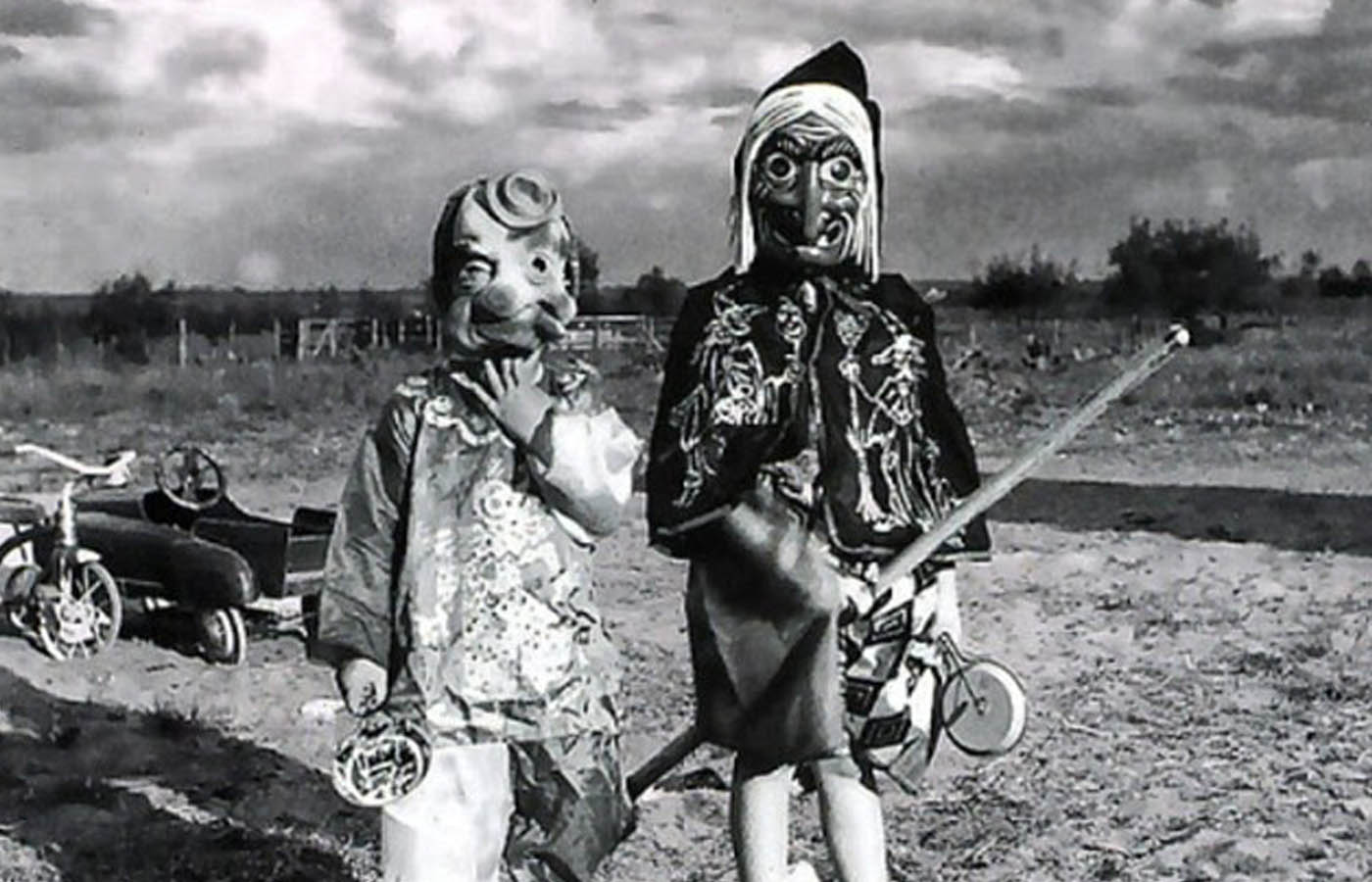Halloween wasn’t always a family-friendly affair inspired by cartoons and the pop culture ones like it is today. Indeed, before it evolved into a fun-fill party for children and adults, October 31 was a more serious date that was tied deeply to ghosts and superstitions – a day that was outside of the norm where you act outside of society’s typical structure.
There are black and white photos from early in the 1900s in America that show the more sinister gravity of Halloween back in the day – children wearing skin-crawling masks and frightening costumes like a white sheet and wrapped in black tape – an essential part of Halloween was that it was more ghoulish then, and less horror-inspired like today.
The ancient roots of Halloween
It is not entirely clear, but the origins of Halloween may be over 2,000 years old and from somewhere in the British Isles. It is though that the Celtic pagan festival of Samhain that marked the end of summer and the beginning of the “dark” half of the year.
During the festival, folks believed that the gods revealed themselves in visible form. Some offered the gods food and treats in order to placate them, with other people wearing disguises, like animal skins and heads, in hopes that the wandering spirits would mistake them for ghostly kin. It was also a time that villages could play tricks on one another and lay the blame on the spirit instead. And this is how concealing one’s identity with cover-ups was seen as a means to get away with things.
Coming to America
Halloween was folded into Christianity sometime in the 11th century to align pagan celebrations with their own, with the name Halloween, coming from All Hallows Eve, the day before All Saints’ Day on November 1. In the medieval British Isles, people would dress up and go from house to house collecting treats and spice-filled “soul cakes” for the souls of the dead. From the tail end of the 15th century and on, spooky outfits became the norm to represent demons and the winter spirts.
Halloween finally emigrated to America with the first Irish and Scottish immigrants in the 18th century. And once it got here, boy did it stick and spread. People embraced the dark day centered around death with scary homemade costumes and loved the brief bout of anonymity that came with dressing up in disguise.
Halloween is commercialized
The popularity of the holiday had skyrocketed during the 1920s and 1930s that there were Halloween balls for adults and children alike. The fashioning of a costume would sometimes start as early as August. And you can’t discount the fact that it was a reason to celebrate almost smack-in-the-middle between summer and Christmas. Also, at this time was the advent of modern marketing and commercialization as we know it today, and marketeers seized on the opportunity and played heavily upon it.
This is when costumes started to take on the form and shape of pop cultural icons and figures, and the start-up of costume manufacturing companies. In addition, fringe characters like pirates and gypsies rose to the forefront at this time too. But then, after WWII, television brought pop culture into homes across America which is when Halloween costumes became dominated by superheroes and comic characters.
A fun-filled night
This is when Halloween took shape as more of a fun-filled holiday than a frightening one, with people dressing up as Star Wars figures and Indiana Jones more often than evil spirts and freaky ghouls (see our latest article on the Most expensive Halloween costumes online). In general, masks were less frequently worn, people painted their faces more, as it became a light-hearted way of creatively expressing oneself.
Halloween is interesting because it is a holiday that reflects the times that we live in. When horror movies are popular, you’ll see a spates Friday the 13th Jasons or Chuckies, or the New York City Halloween parade where you’ll see outrageous outfits and costumes from full on exhibitionist, from provocative to campy, as well as spooky. It seems that Halloween today, is more about expressing people’s fantasies than appeasing the wandering spirits and ghoulish souls.
